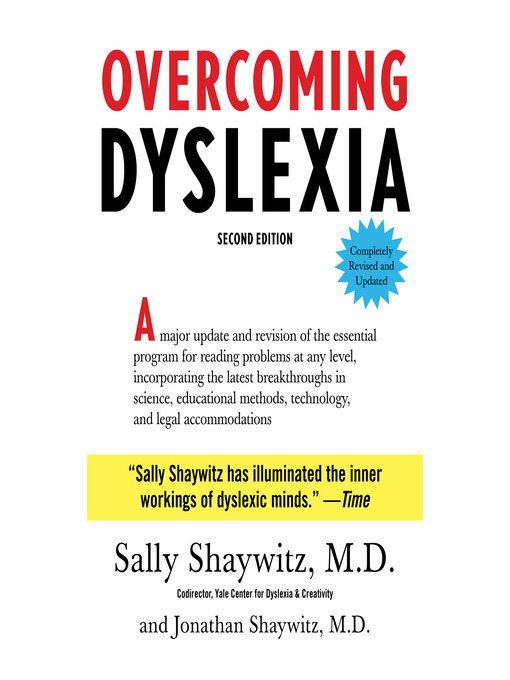Literacy for All: The Prentice School’s Evidence-Based Approach for Dyslexic Students
Understanding the Science of Reading
Goldenberg emphasizes the importance of clear, research-backed strategies in reading education, particularly against a backdrop of widespread misinformation. At Prentice, we have always aligned our methodologies with the Science of Reading, ensuring that our approach is not only effective but also adaptable to the diverse needs of our students.
One of the key takeaways from Goldenberg’s article is the distinction between learning to speak and learning to read. Oral language develops naturally, whereas reading requires explicit, systematic instruction. This distinction underpins our teaching philosophy. We prioritize foundational literacy skills—phonics and decoding—recognizing that these are non-negotiable elements for students with dyslexia.
Explicit, Systematic Instruction
Our curriculum is designed around explicit and systematic instruction in phonics. By teaching students how phonemes (the sounds of the language) are represented by letters, we enable them to decode words accurately. This method is supported by extensive research and is crucial for students with dyslexia, who often struggle with the automatic word recognition that typical balanced literacy approaches fail to address.
Goldenberg criticizes the inefficacy of "balanced literacy" and "3-cueing" strategies, which do not provide the clear, direct instruction needed by students with dyslexia. At Prentice, we avoid these less effective methods, focusing instead on approaches that build strong, foundational reading skills.
Building Automaticity and Fluency
After mastering decoding skills, our students work towards automatic word recognition. This process involves repeated practice and application of spelling rules, allowing students to instantly recognize words they have connected through sound, spelling, and meaning. This step is crucial for comprehension, as it frees cognitive resources for understanding the text rather than decoding each word. Our Orton-Gillingham is 60 minutes of instruction 5 days per week for grades 1-6.
The Role of Language Development
Language development, vocabulary, and comprehension skills are integral to our reading program. Goldenberg highlights the importance of these skills in the broader context of literacy education, noting that they must be developed continuously, even as students master foundational literacy skills. At Prentice, we weave these elements into our daily instruction through our accessible Amplify curriculum, ensuring that our students develop a comprehensive set of skills that support fluent reading and comprehension.
Tailored Support for Diverse Learners
Students at Prentice receive instruction tailored to their specific needs. This individualized approach is particularly beneficial for students with dyslexia, who may require more intensive and specialized support. We also recognize the unique needs of English learners and provide additional instruction in English language development to support their reading and speaking skills simultaneously. This is embedded in our small class sizes of 12 students in each class and even smaller group instruction such as 6 students in our daily Writing class and 4-5 students in daily Orton-Gillingham. Add Amplify to that and you have 3 class periods per day of English language development.
Informed, Effective Reading Education
Goldenberg calls for well-informed, evidence-based policies in reading education. At Prentice, our commitment to professional development ensures that our teachers are equipped with the latest research and strategies in literacy education. Our Orton-Gillingham instructors have received their Orton-Gillingham certification through the Dyslexia Training Institute, a 10-month process. Teachers are fully credentialed and have additional training in teaching approaches that benefit students with dyslexia and ADHD. By staying informed and adapting our practices based on the best available knowledge, we provide our students with the highest quality education.
Conclusion
Prentice School's approach to literacy for students with dyslexia is a testament to the power of evidence-based, systematic instruction. By focusing on foundational skills, building automaticity, and continuously developing language and comprehension abilities, we help our students overcome their literacy challenges and achieve their full potential. As Goldenberg's article suggests, clarity and accuracy in our understanding and teaching of reading are essential. At Prentice, we are dedicated to cutting through misinformation and delivering effective, research-backed education to every student we serve.
Share this
You May Also Like
These Related Stories
.jpg?width=1545&height=2000&name=Copy%20of%20The%20Prentice%20Eagle%20Nov%2023%20(4).jpg)
Empowering Dyslexia: The Specialized School Advantage
-1.jpg)
Closing the Reading Gap: How The Prentice School Fights the Matthew Effect





_(1).png?width=58&height=97&name=RCA_2023_Winners_Badge_(4)_(1).png)

No Comments Yet
Let us know what you think